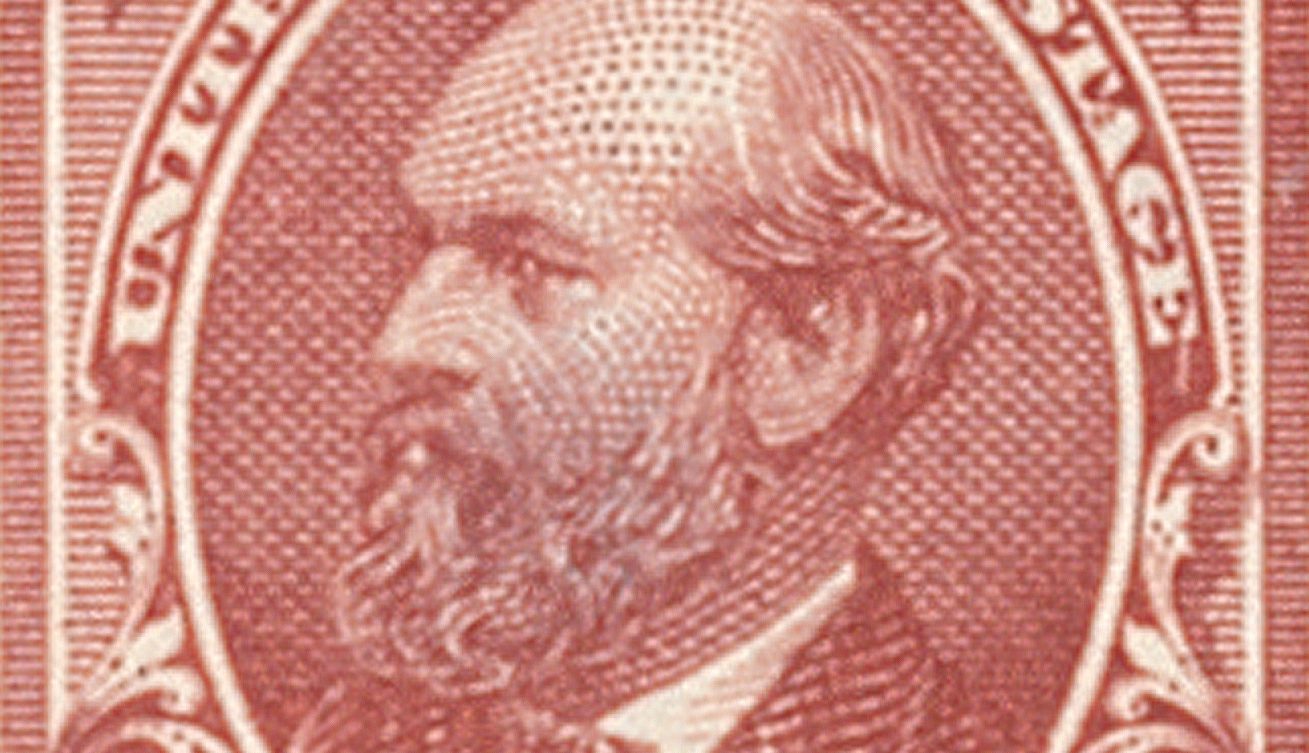Happy Birthday, Ernest Hemingway
Author Ernest Miller Hemingway was born on July 21, 1899, in Oak Park, Illinois. Hemingway is considered one of America’s great 20th century novelists, inspiring a generation of writers with his understated, minimal prose.









